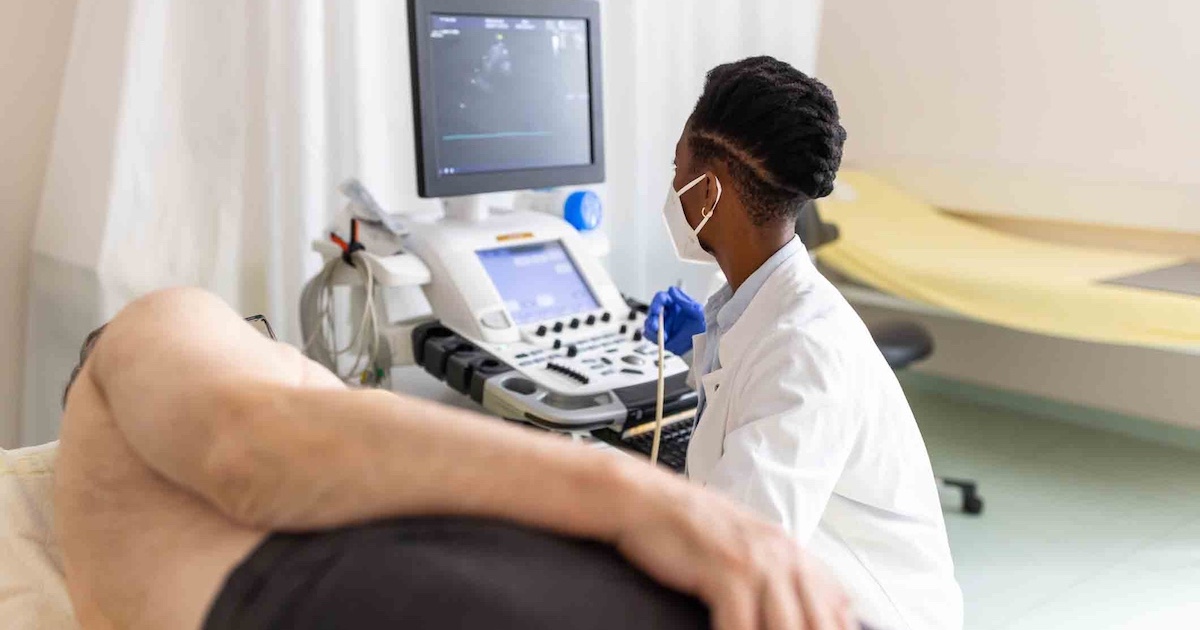Americans are more focused on their health – and the data around it – than ever before. More than 200 fitness bands, smartwatches and other wearable consumer devices are available to monitor and manage chronic illnesses such as diabetes and hypertension and to track medications, sleep, weight loss or pregnancy. Sales of wearables were expected to top 11 million units by the end of 2014, according to Parks and Associates.
[See also: An 'elementary' approach to remote care]
As positive as it sounds, though, convincing millions of Americans to monitor their own health data – a movement dubbed the “quantified self” – is unlikely to have much impact on the country’s health as a whole.
For one thing, wearable users tend to be young, upper-middle-class and fit. They are the marathon runners, triathletes, serious joggers and serial dieters of America who can afford the latest technology. By and large, they are not the patients we need most to monitor – the millions of chronically ill whose care and treatment accounts for some 70 percent of U.S. healthcare spending, or more than $2 trillion a year.
Besides being the wrong demographic, today’s wearable set is collecting data on themselves that is far too narrow to be of much use for improving the health of whole populations. Although most are willing to share the data with their doctor, according to a recent PWC report, most doctors don’t want it. That’s because doctors lack confidence in the reliability of data from wearables, even from FDA-approved devices. More important, they lack a standard process for incorporating the data into medical practice. Even if there were such a process, the data’s usefulness would be limited to the individual wearer, having virtually no impact on the larger issue of how to improve the treatment for chronic disease overall.
[See also: mHealth masters: Death of the quantified self?]
Which brings us to the big question: How can we make all of the information being gathered by wearables about individuals valuable on a much larger scale? How can we take advantage of the breakthroughs in functionality and cost of the technology to improve the health of all Americans? How can we, in other words, move from the narrow self-serving world of the quantified self to a model of large-scale information gathering, analysis and population health management that I call “contextualized us.”
Changing our health today
At its most basic, “contextualized us” means understanding all the data about an individual, but within the context of the larger population. When we are able to track activity across large populations of the chronically ill, we can deduce trends that can provide early warning of an individual’s failing health. By merging this trend data with a baseline of a patient’s own vital signs – collected by wearables or physician-prescribed remote biometric devices – and then leveraging machine learning and advanced analytics, it is possible to reliably detect signs of a patient’s deterioration, often days or weeks before symptoms are noticeable. Armed with that information, healthcare professionals can proactively intervene with their patients at home, where care is less costly and less invasive than the hospital (and the chances of successfully avoiding major problems are greater).
Think of it this way: Would you rather have your doctor treat you for a stroke in the emergency room, or call you at home to tell you that subtle changes in your vital signs indicate you are heading for a stroke so you need to do X, Y and Z to avoid it?
The most exciting thing about "contextualized us" is that the technology exists. Individual data logs are starting to be used to fuel mass-scale machine learning across entire populations. Through this process, quantified data is enriched with contextual information such as caregiver observations and the patient’s own feedback, then applied to understand the patient’s response to treatment. The machines can rapidly sort through an otherwise overwhelming influx of data from remote devices to find what is relevant – that is, what has changed recently and the likely effect if that change is not addressed. The technology then notifies the clinical team that the patient requires attention.
I think of it as machines that are trained to monitor a patient with the intelligence of a panel of experienced, highly educated clinicians in a hospital ICU.
The game-changer
As the vision of "contextualized us" becomes reality in the near future, it’s conceivable that the practice of medicine will no longer be limited to the physician’s office, hospital and clinic. Instead, data about our health, and the ability to improve it, will span all the places and times of our lives.
In that future, it is also possible that, with mHealth technology so readily available and inexpensive, sending a chronically ill patient home without those devices and connecting him or her to a remote patient intelligence platform will likely be considered negligent medical practice.
The revolution in health has begun. It’s no longer about you, me, her and him. It’s about us.
Dean Sawyer is the co-founder and CEO of Sentrian.
[See also: Partners looks to make patient engagement persistent]


